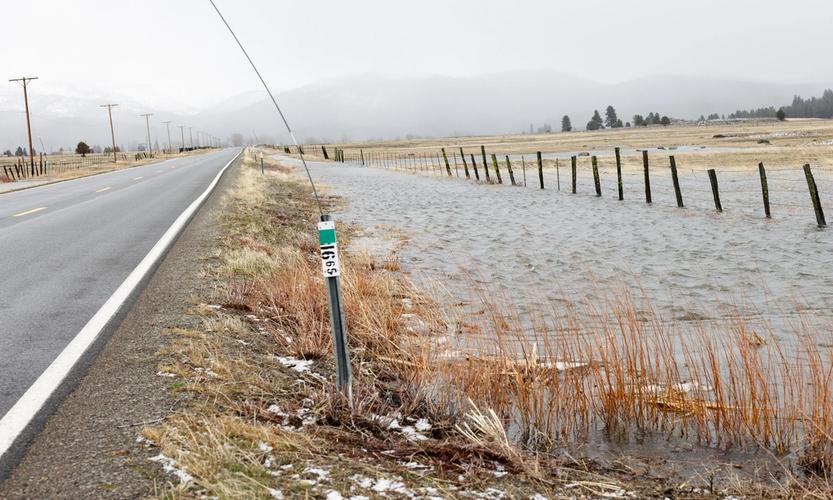At last some of our avian river residents have shown up! The river was so high this past Spring that none of the Canada Geese had goslings, which usually appear in late April through May. By early July the Common Mergansers didn't have any ducklings,
which usually show up in mid June, and the local Osprey, Bald Eagle, and Great Blue Heron hadn't shown up! However, just this week, except for the Bald Eagle, they're all back on the river! It's probably because over the past three weeks it
has really warmed up and no rain has fallen. The river has slowed down a lot, dropped in height, and warmed up considerably. Now birds can swim and dive for fish in the river without being swept away! I am so thrilled to have them back in our neighborhood! Ospreys are unique among raptors in their hunting method of diving feet-first into water to capture fish. They are usually successful in 1 out of every 4 dives. No other raptors use this method of hunting. They also have small barbs on the pads of their
feet to help grab slippery fish. After they have caught a fish and are back in the air, they maneuver the fish to face forward, using the fish’s streamlining to reduce aerodynamic drag. They then carry the captured fish to an elevated and prominent
perch to be eaten. 99% of their diet is fish. They are large birds with a wingspan of 63", a length of 23", and a weight of 3.5lbs!!! Great Blue Herons are large birds, with a body length of 26" and a wingspan of 36"! Their long legs add another 2' of height! They feed on fish, frogs, crayfish, aquatic insects, small mammals, other birds, amphibians and reptiles! They
can hunt during the day and at night! They are the only herons found above the foothills! They are usually solitary, except during breeding season when they form nesting colonies! My friend Alicia and I spent half a day on the North Yuba River last week. To our delight two different Merganser females swam past with their ducklings while we were there! One had seven ducklings, and one had eight ducklings! Once they saw us they really
sped up the pace, and zoomed by! How lucky we were to see them! WOW!!! Male mergansers do not participate in the incubation of the eggs or the raising of the ducklings. Although the male and female form a pair bond that may last from December until Spring, the male departs soon after the eggs are laid. The female alone raises
the ducklings. The female will guide and protect her offspring for approximately 30-50 days, and then leaves them on their own. At that point they are more than capable of taking care of themselves. Soon after, when they are around 60-75 days old, they are able to fly
and migrate to lower elevations for the winter. Your questions and comments are appreciated. Please feel free to email me at northyubanaturalist@gmail.com. Thanks!Recent River Bird Sightings
 Osprey (adult) - Pandion haliaetus
Osprey (adult) - Pandion haliaetus Great Blue Heron (adult) - Ardea herodius
Great Blue Heron (adult) - Ardea herodius Common Mergansers (adult - ducklings) - Mergus merganser
Common Mergansers (adult - ducklings) - Mergus merganser Common Mergansers (adult - ducklings) - Mergus merganser
Common Mergansers (adult - ducklings) - Mergus merganser
Featured Articles

FEMA Unveils Expanded Floodplain Maps for Sierra Valley →
November 4, 2025
FEMA’s new maps could require more Sierra Valley homeowners to purchase flood insurance.
Community Supports UPS Driver Garitt Cox in Board Presentation →
November 4, 2025
Fish & Wildlife Lethally Removes Sierra Valley Problem Wolves →
October 27, 2025
Plumas-Sierra CattleWomen Disband After 60 Years →
October 28, 2025
Exotic Animals Delight Downieville Students at Wild Things Assembly →
October 20, 2025